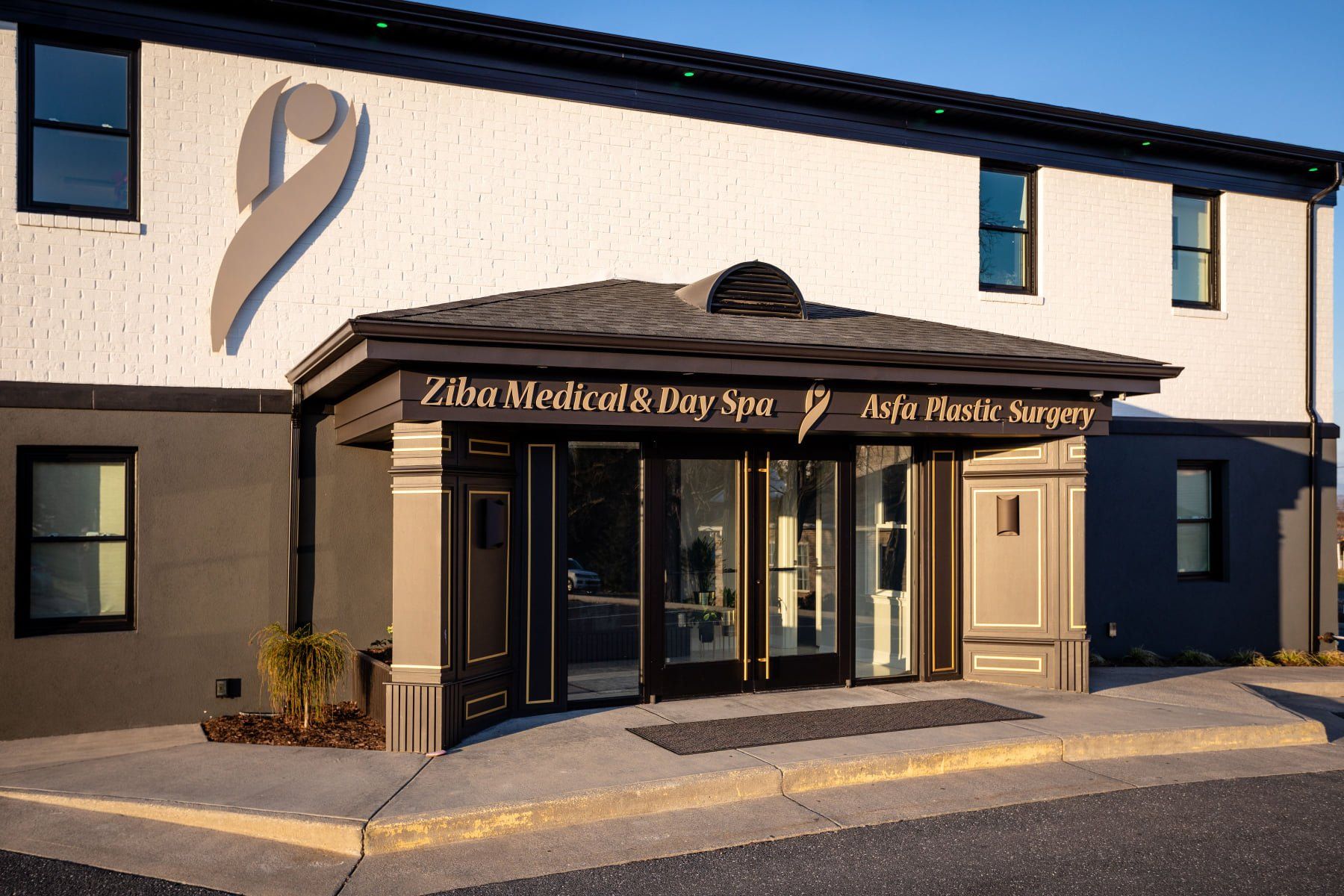Breast Cancer Reconstruction
Breast reconstruction is achieved with a variety of procedures to attempt to restore and improve the shape of the breast after mastectomy (removal of a breast), or lumpectomy (removal of part of the breast). One in eight women will be diagnosed with Breast Cancer during their lifetime, and sometimes, even men are diagnosed with breast cancer. When mastectomy is a part of the treatment plan, many important decisions need to be made, including when and if reconstructive surgery is desired, as well as what type of reconstructive procedure to have. One of the foremost fears is often that of permanent disfigurement. Thankfully, recent advances in breast reconstruction have addressed many of these issues with sophisticated procedures that allow for restoration of the body and sense of wholeness.
Dr. Asfa performs a variety of breast reconstruction techniques, and he will work with your breast cancer surgeon to help determine which procedures are best for you. He performs a high volume of breast reconstruction surgeries, and in some cases, has modified and developed new reconstruction techniques to preserve and/or rebuild the most natural looking and feeling breasts possible.
Some women have the option to have reconstruction of the breasts immediately following the removal (mastectomy) of their breasts. Also known as immediate one-stage breast reconstruction, this is a good option for women who do not need breast irradiation. Dr. Asfa works in tandem with the breast surgeon during the mastectomy, and immediately following that procedure, reconstructs the breast with implants, tissue expanders or fat grafting/transfer. Another option for reconstruction may be autologous (reconstruction using your own tissue and muscle) with a TRAM flap or latissimus dorsi flap procedure.
Breast Reconstruction with Implants – Implants are made out of silicone or saline, or a combination of both, and can be inserted during or after a mastectomy. They are placed underneath the chest muscle versus on top of it, as in the case of breast augmentation.
Fat Grafting/Transfer – this reconstruction technique uses liposuction to remove fat from other parts of your body and inject it into your breasts. This is also the most common reconstruction procedure for men who want breast reconstruction after mastectomy. This is also a breast augmentation option for women who are looking for a relatively small increase in breast size and would prefer natural looking and feeling results.
TRAM or Latisiumus Dorsi Flaps – During flap reconstruction, a breast is created by transferring tissue (skin, fat and muscle) from the lower abdomen or upper back area to the mastectomy site and creating a breast mound. This technique could be done as an immediate procedure after mastectomy or as a delayed procedure for patients who had a mastectomy (with or without radiation) in the past, but now desires reconstruction.
Skin Preserving and Nipple & Areola Sparing – During a traditional mastectomy, all of the breast glandular tissue and central breast skin are removed. This can result in a prominent scar across the breast, making reconstruction more challenging. But sometimes some skin, and the nipple and areola can be preserved. Prior to your mastectomy, Dr. Asfa will work closely with your breast surgeon to develop a reconstruction plan to utilize these innovative reconstruction techniques whenever possible.
For women who need radiation therapy to treat their breast cancer, staged or delayed breast reconstruction is advised vs. simultaneous breast reconstruction. If radiation is done on a newly constructed breast, it could cause the reconstructed breast with implant to become hard, or painful, and it can also cause the cosmetic appearance of the breast be altered or deformed. So after radiation therapy has been completed, the reconstruction can begin.
Staged or delayed breast reconstruction is also an option if the plastic surgeon was not present during the mastectomy, or if there was not enough skin available to do immediate reconstruction. In this case, a temporary tissue expander is placed at the time of mastectomy, and then the process of the expansion begins, and usually takes two to three months. Once the process of the expansion has been completed, the tissue expander will be switched with permanent implants. Dr. Asfa will coordinate with your breast surgeon to determine the best approach for you.
Please visit our
Photo Gallery to view examples of some of Dr. Asfa’s work.
Real Patients, Real Results
 Rating
Rating
Request an Appointment
Book an Appointment With Us
We will get back to you as soon as possible.
Please try again later.
Book An Appointment With Us
Book an Appointment With Us
We will get back to you as soon as possible.
Please try again later.
Copyright © 2024 Asfa Plastic Surgery | All Rights Reserved | Designed and Developed by Solution21, DBA Web Concepts Media .

